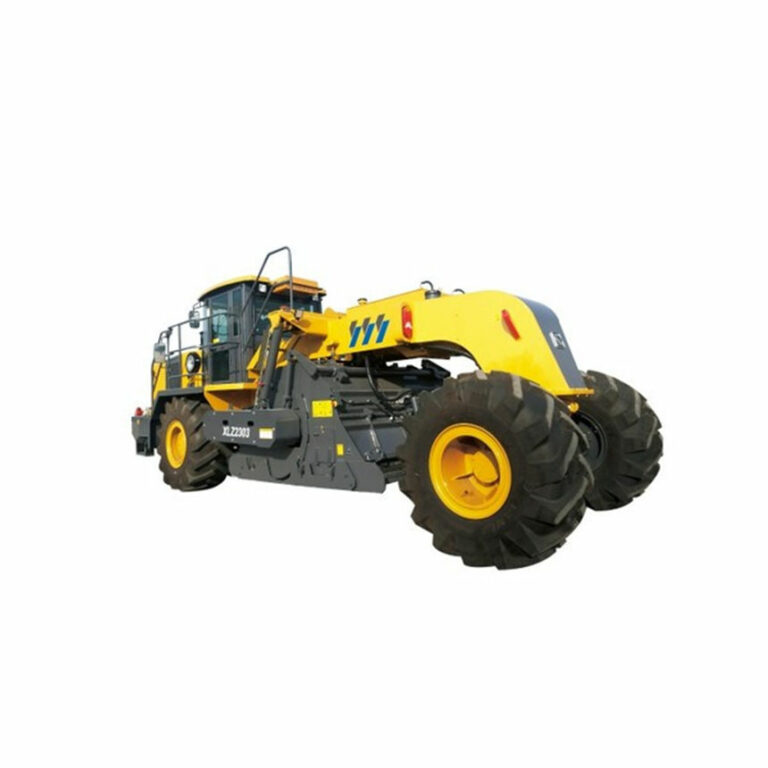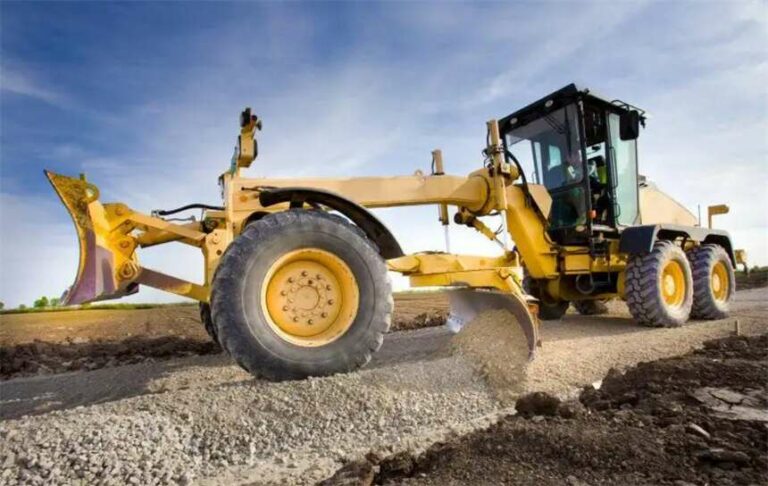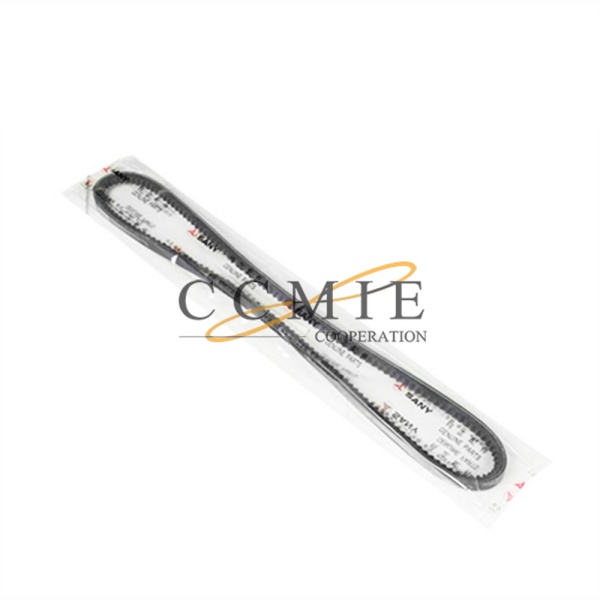How to Roll Asphalt Mixture Pavement with a Road Roller?

The rolling of asphalt mixture pavement is usually divided into three stages: initial rolling, supplementary rolling, and leveling rolling, the purpose of which is to improve the comprehensive performance of the flexible pavement.
Roller initial rolling of asphalt mixture pavement
In the initial rolling, it is best to use a tandem static rolling machine, and do not use a static rolling machine as much as possible, to avoid deep wheel tracks and large cracks.
Road roller asphalt mixture pavement supplementary rolling
Complementary rolling usually uses tire rollers (pneumatic tires or rubber tires) to avoid cracks caused by lateral movement of the mixture; at the same time, through the rubbing action of the pneumatic tires, the fine particles and binders are moved to the surface, which not only repairs the road surface, and make the road surface have better water resistance. It is best to use a 9-wheel tire roller. If the load and tire pressure are properly adjusted, a 7-wheel or 11-wheel roller can also be used. When using a 9-wheel tire roller, the wide end with 5 tires should be facing forward, so that you don’t have to always look back to see if you are rolling against the curb. If the new asphalt pavement has thermal cracks, when the temperature of the pavement is higher than 38 ℃, the cracks can be eliminated by rubbing the tire pressure of 0.35~0.41MPa 8~10 times.
Road roller asphalt mixture pavement leveling and rolling
For leveling and rolling, smooth rollers can be used to obtain smooth road surfaces and joints.
Precautions for Roller Asphalt Mixture Pavement Rolling
- Vibratory rollers can be used for the above three stages of rolling, but it should be noted that during one rolling process, the amplitude and frequency of the road roller should remain unchanged; in the final leveling and rolling, the vibration system should be disconnected for static force. crush.
- When rolling the newly paved mixture, the driver should drive the driving wheel into the fresh mixture yard first to reduce the phenomenon of ripples and fractures.
- The acceleration or deceleration, starting or reversing of the road roller should be as slow and steady as possible; the speed of the road roller should be kept as stable as possible to make the compaction uniform.
- When the vibratory roller is transferred, reversed, or stopped, the vibration source should be disconnected, and then connected again after the compaction operation.
- The road roller should be turned slowly at the end of each rolling, to minimize the indentation.
- The road roller should be turned on the pressed asphalt layer as much as possible; it should be turned as smoothly as possible on the road section; it is necessary to avoid stopping on the hot asphalt layer; the road roller should be parked at an angle to the driving direction to make it easier to eliminate the indentation.
- The mixture sensitive to vibration compaction can be rolled by static pressure before vibration compaction: 1~2 times, the rolling speed is 1~2km/h; make sure that the wheels are wet, to prevent the asphalt material from adhering to the wheels.
Related Blogs |






